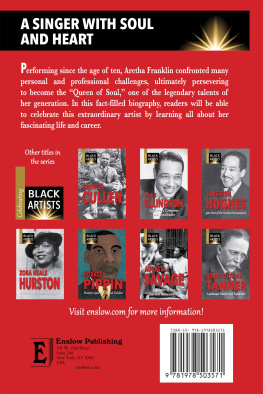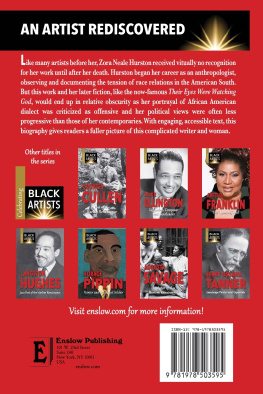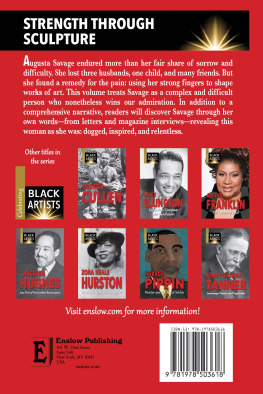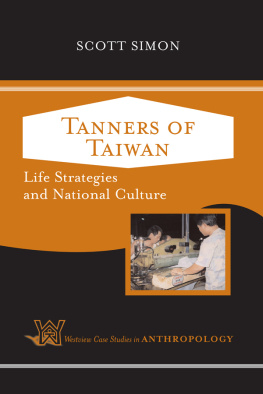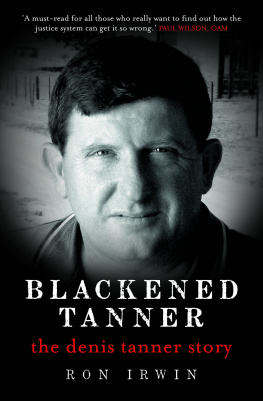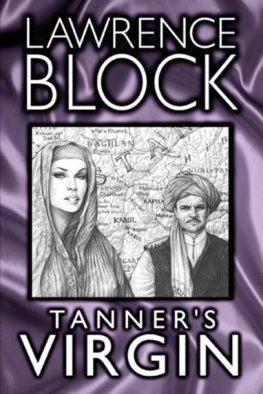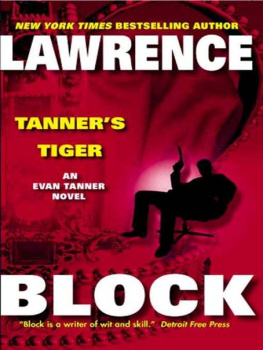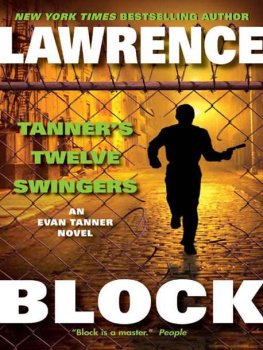
HENRY OSSAWA
TANNER
Landscape Painter and Expatriate
Published in 2020 by Enslow Publishing, LLC.
101 W. 23rd Street, Suite 240, New York, NY 10011
Copyright 2020 by Enslow Publishing, LLC.
All rights reserved.
No part of this book may be reproduced by any means without the written permission of the publisher.
Library of Congress Cataloging-in-Publication Data
Names: Crompton, Samuel Willard, author. | Etinde-Crompton, Charlotte, author.
Title: Henry Ossawa Tanner: landscape painter and expatriate / Samuel Willard Crompton, Charlotte Etinde-Crompton.
Description: New York: Enslow Publishing, 2020. | Series: Celebrating black artists | Includes bibliographical references and index. | Audience: Grades 712. Identifiers: LCCN 2018016391| ISBN 9781978503625 (library bound) | ISBN 9781978505377 (pbk.)
Subjects: LCSH: Tanner, Henry Ossawa, 1859-1937Juvenile literature. | PaintersUnited StatesBiographyJuvenile literature. | African American paintersBiographyJuvenile literature. | Expatriate paintersFrance ParisBiographyJuvenile literature.
Classification: LCC ND237.T33 C76 2019 | DDC 759.13 [B] dc23
LC record available at https://lccn.loc.gov/2018016391
Printed in the United States of America
To Our Readers: We have done our best to make sure all website addresses in this book were active and appropriate when we went to press. However, the author and the publisher have no control over and assume no liability for the material available on those websites or on any websites they may link to. Any comments or suggestions can be sent by e-mail to .
Photo Credits: Cover, pp. Fine Art/Corbis Historical/Getty Images.
Contents

Sarah Miller Tanner and Bishop Benjamin Tucker Tanner raised their seven children with a strong grounding of faith and responsibility.

A Rising Family
H enry O. Tanner was the firstborn of seven children, in what can only be described as a remarkable family. His father was Benjamin Tucker Tanner, a pastor in the African Methodist Episcopal Church. Eventually Benjamin Tanner would go on to become a bishop whose fame spread to all parts of the United States. Henry Tanners mother, Sarah Elizabeth Miller, was a person of great gentleness and compassion: Tanner later declared that only her gentle touch sustained him during a childhood filled with illness and physical weakness.
Decades later, when he became the foremost African American artist, Henry Tanner signed each painting the same: Henry O. Tanner, with a heavy underline to the words (see illustration on page 86). Few people, except for close friends and family relations, knew what the O stood for, however. Tanner was born in Pittsburgh, Pennsylvania, on June 21, 1859, three short years after the abolitionist John Brown carried out a sensationaland controversial attack on slaveholders in the Kansas Territory. Tanners parents gave him the middle name Ossawa, in honor of Osawatomie, the Kansas village where the attack occurred.
At the time of their sons naming, the Tanner parents had no idea that John Brown was poised to strike again. In October 1859, just four months after Henry Ossawa Tanners birth, Brown and twenty associates attacked and nearly captured the federal arsenal at Harpers Ferry, Virginia. Had Brown succeeded, the story of the Civil War, and emancipation, might have been different. But Browns failure and his subsequent execution as a traitor made it dangerous to invoke his name. Family members, therefore, kept the meaning of the middle initial O to themselves.
Family Strength
Great men do not always have great sons. The burden of competing with a famous or powerful father is often too difficult. But in the case of Benjamin Tucker Tanner and Henry O. Tanner, there is little doubt that the fathers greatness acted as a spur to the son.
Born in Pittsburgh in 1835, Benjamin Tucker Tanner frequently described himself as a Pittsburgher of three generations. He was especially proud that mostperhaps not allof his ancestors had been free African Americans for several generations. Benjamin Tucker Tanner had a powerful drive to succeedand to glorify God in so doing. One of the few African Americans of his day to obtain a college education, Benjamin Tanner entered the ministry about the time his son was born. The bishops notebook and diary, preserved at the Smithsonian Institution, reveal him as a person of exceptional inner strength, a man of powerful moral convictions. His wife was equally remarkable.
Very likely, Sarah Elizabeth Millers mother died in slavery before the end of the Civil War. By then, Sarah had married Benjamin Tanner, forming a marriage and partnership that would last a lifetime and forge a powerful legacy for their seven children.
The Civil War
Though they themselves were not enslaved, Benjamin Tanner and his growing family were very conscious of the Civil War and its importance, both to African Americans and the nation at large. They lived in Washington, DC, for a short time and even after moving to Philadelphia, the Tanners were not far from the scenes of carnage. The Tanner familys faith sustained them, however. Regardless of how many sacrifices or tragedies were involved, they saw the Civil War as a vital step in the direction of official emancipation for all African Americans.
By 1864, the Tanners lived in Philadelphia, which became their permanent home. Henry O. Tanner grew up the happy and beloved eldest child in the family. That he was loved by his parents, and that God favored the Tanner family, never seemed questioned. But this did not mean things were easy. A great-niece later recalled Benjamin Tanners attitude toward food: Food was never considered a matter on which one should spend precious hours of his life. I can so well remember that we children were not even allowed to discuss what we enjoyed eating. The attitude of our grandparents was that food was to be eaten only to keep the body well, so that one could work, not give pleasure.
The Underground Railroad
Though there were some African Americans, such as Benjamin Tanner, who looked back with pride on three generations of freedom, these individuals were an outstanding exception. The vast majority of African Americans in the early nineteenth century were enslaved, either condemned to live an unfree life or forced to risk their relative physical safety for the prospect of freedom. The Underground Railroad was a network of men and women who helped fugitive slaves escape, hiding them and giving them passage to free territory.
The railroad metaphor extended to the various roles that advocates took on stationmasters would turn their businesses or homes into depots where slaves could hide as they made their way along secret routes toward freedom. Sometimes a conductor would gain access to a plantation by posing as a slave, sneaking runaway slaves north by cover of night. Many of these conductors were escaped slaves, like Harriet Tubman, who put themselves back into harms way for the sake of freeing other men and women.
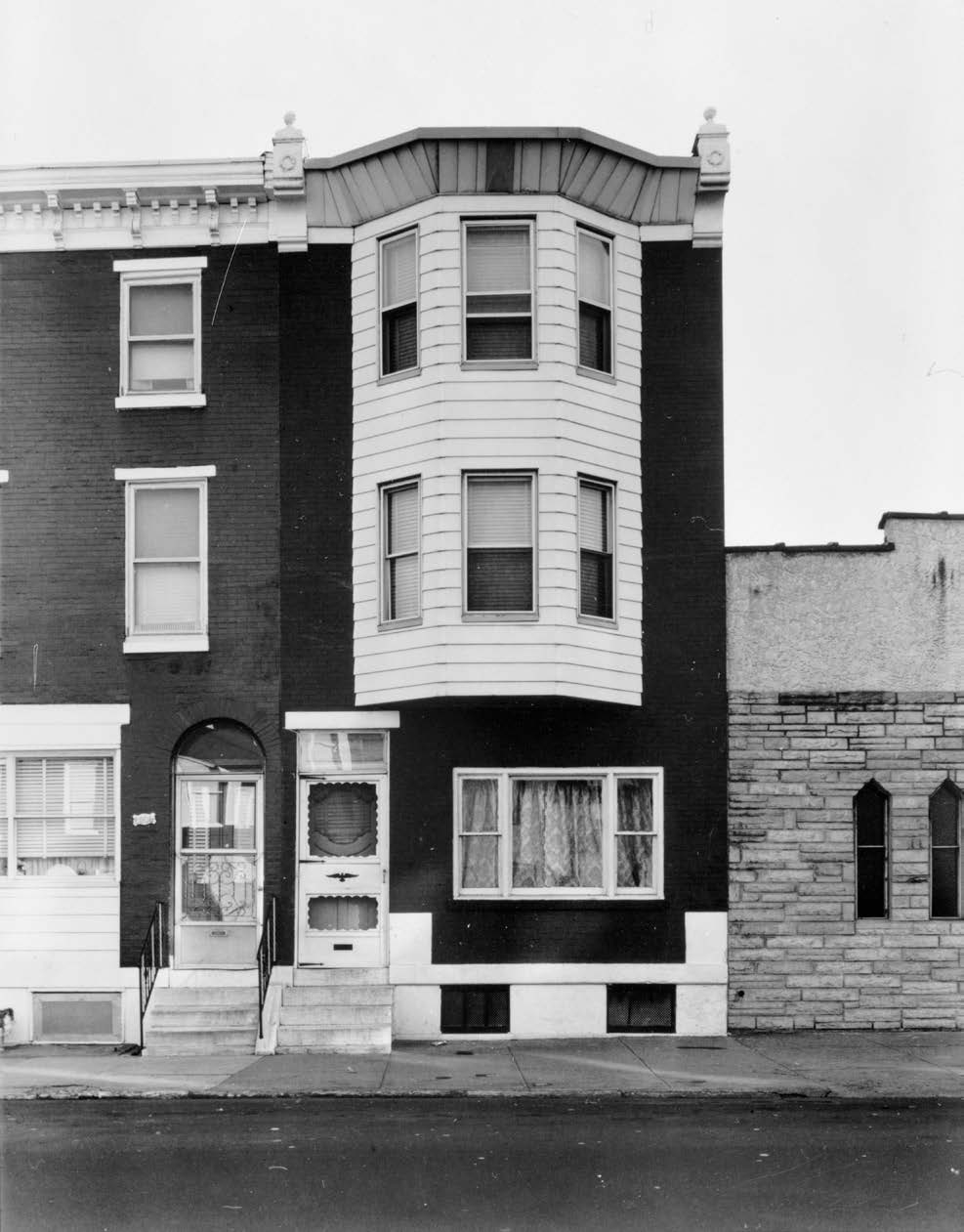
Though they lived in Washington, DC, for a brief time, Benjamin Tanner soon moved his young family into a house in his home state of Pennsylvania.


